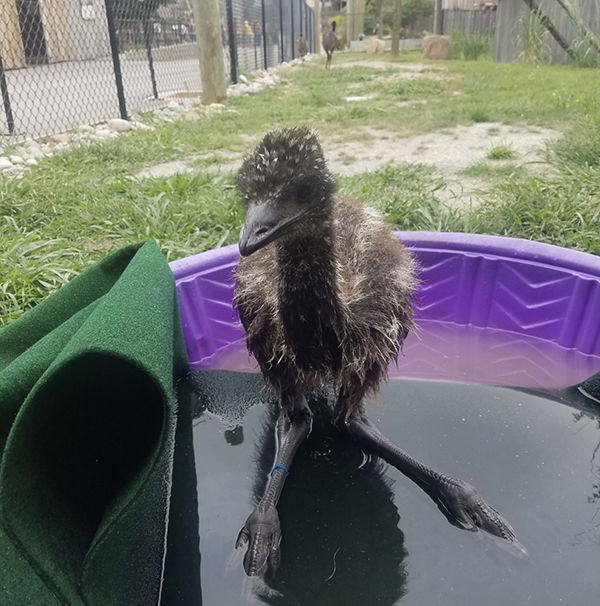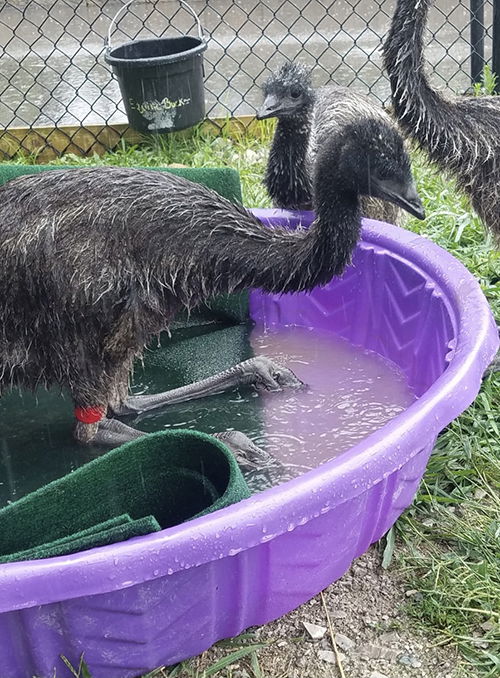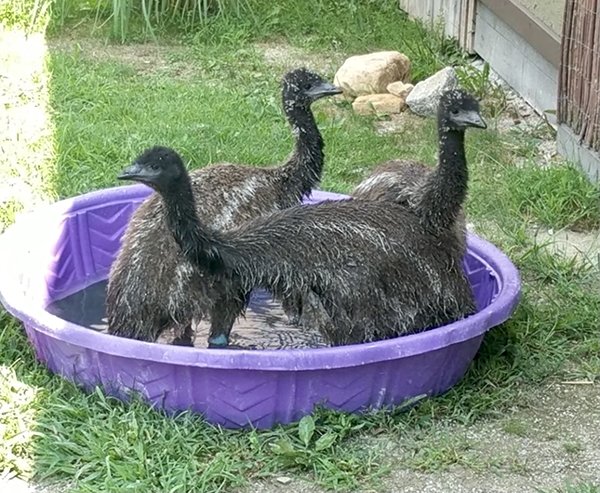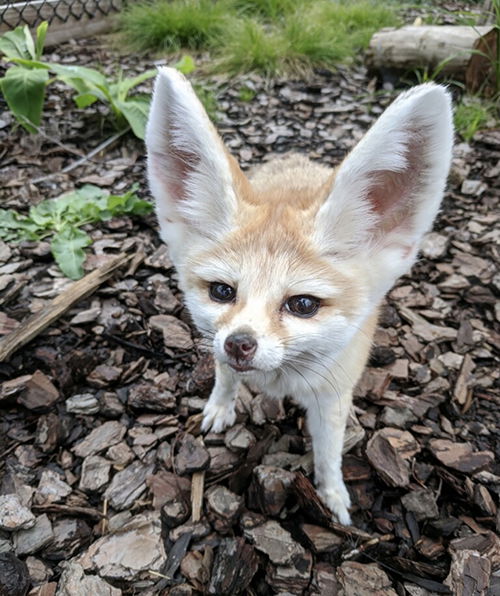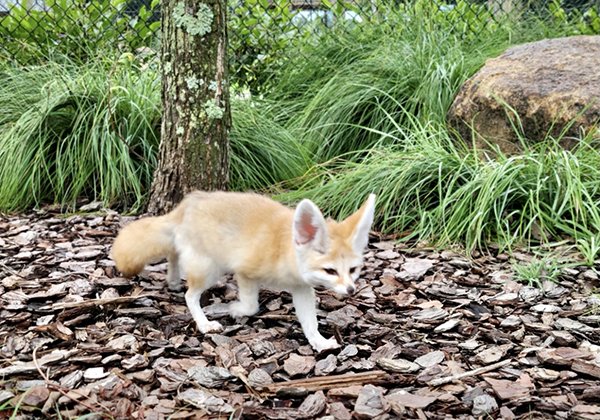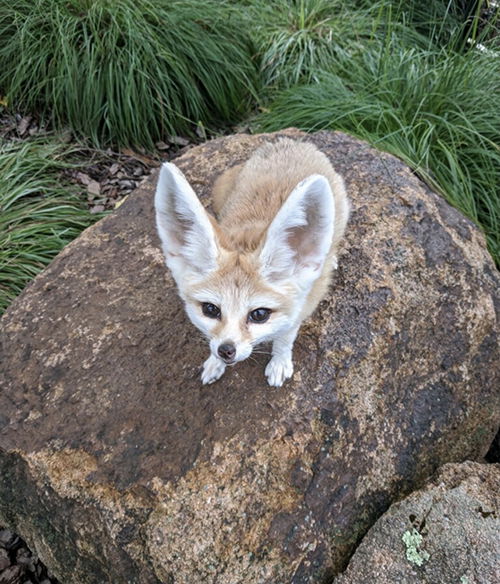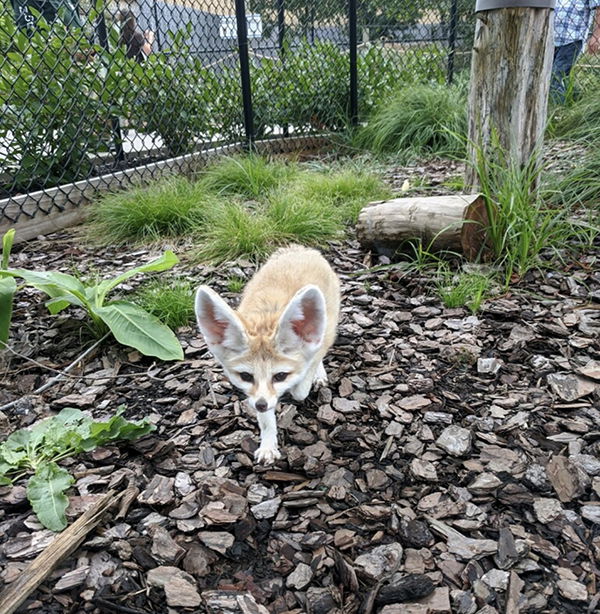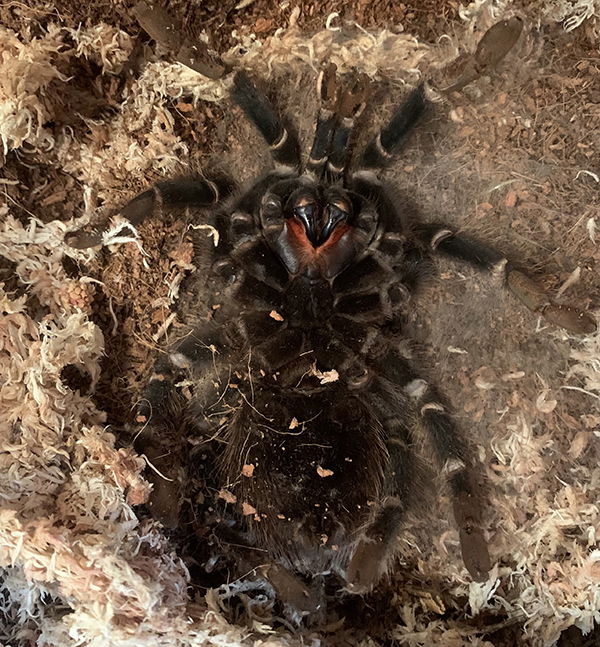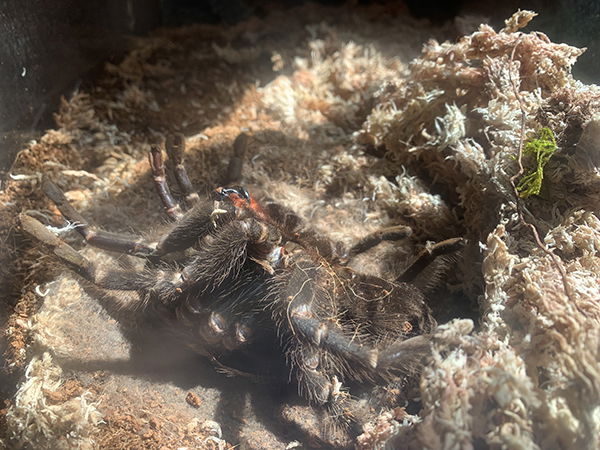Meet Our New Animal Ambassador
Did you know that Answers in Genesis has two zoos at its attractions? The Eden Zoo at the Creation Museum and the Ararat Ridge Zoo at the Ark Encounter currently house about 200 animals! Our dedicated team of zookeepers cares for a variety of mammals, birds, reptiles, amphibians, fish, and invertebrates (animals without bones).
Every day is different when working with live animals! There are always challenges to overcome and problems to solve, so our zoo staff must stay on their toes to provide the best care possible for our animals. This blog will give you a glimpse into the weekly adventures of our animal care staff.
Recently, we announced a new animal ambassador that will be featured in our daily animal shows at the Ararat Ridge Zoo—Cairo the baby Egyptian Uromastyx! Also called spiny-tailed lizards, these reptiles are native to Africa and use their prickly tails to defend themselves from predators. He may be small now, but he will grow to be three feet long!

Cairo is a baby Egyptian Uromastyx.
Late August was very hot, so our zookeepers worked hard to keep our animals cool using fans, popsicles, and sprinklers. At the Ark Encounter, our three baby emus Carmel, Petra, and Sinai had a blast splashing around in their pool!
Tinker Bell the fennec fox went on a field trip to the sloth exhibit while the sloths were inside. Allowing animals to visit different habitats is a great way to enrich their lives.
Meanwhile, Esau the large hairy armadillo is learning how to “target,” a behavior where he touches his nose to an object—in this case, a maraca. Since he has poor eyesight, using a target that makes noise helps him find his way. Targeting is a building block for many other behaviors. For instance, he will follow it onto a scale to be weighed, follow it into a crate to be transported, or follow it to spin in a circle just for fun!
At the Eden Zoo, Bitsy the Brazilian salmon-pink bird-eating tarantula molted. Since invertebrates don’t have bones, they have exoskeletons instead, which is like an armor that covers their bodies. When they grow, they shed their exoskeletons in a process called molting. If tarantulas lost legs or hair, they would get them back when they molt! When tarantulas like Bitsy molt, they flip upside-down and push off their old exoskeletons.
Back at the Ark Encounter, our equines (donkeys, zebra, and zebroids) had a visit from our farrier, a professional who trims their hooves every eight weeks to keep them healthy. Cletus the zonkey (zebra/donkey hybrid) has always been reluctant to participate in farrier appointments. His trainers have been working hard to get him used to hoof care, and this past week, he calmly allowed our farrier to trim his feet. His keepers are so proud of him!
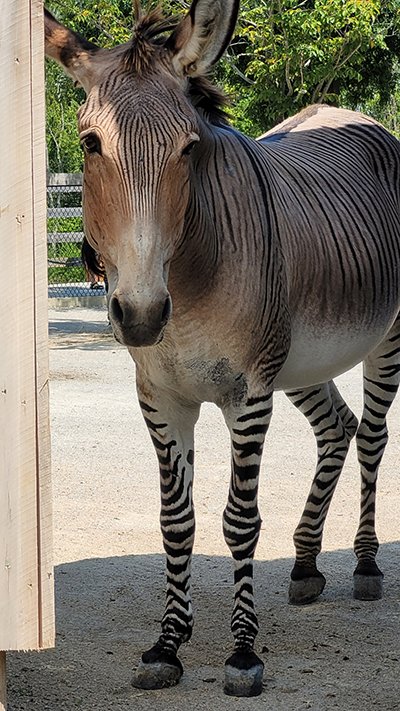
Cletus the zonkey
Tune in next week to catch up again with our zoo animal friends!
- © 2024 Answers in Genesis
- Privacy Policy
- Contact
- About

